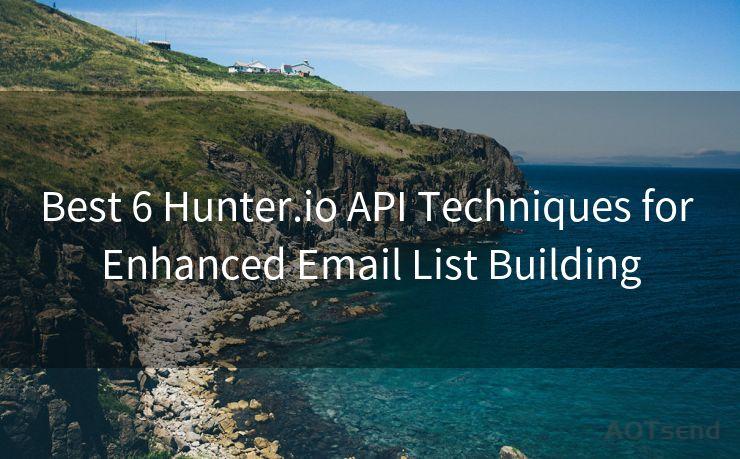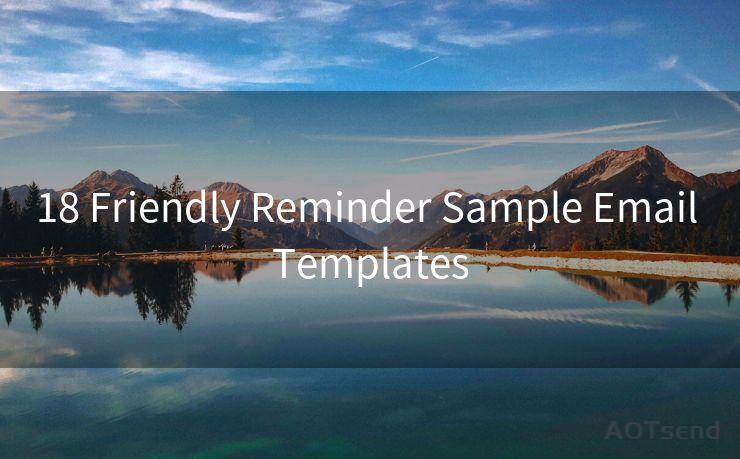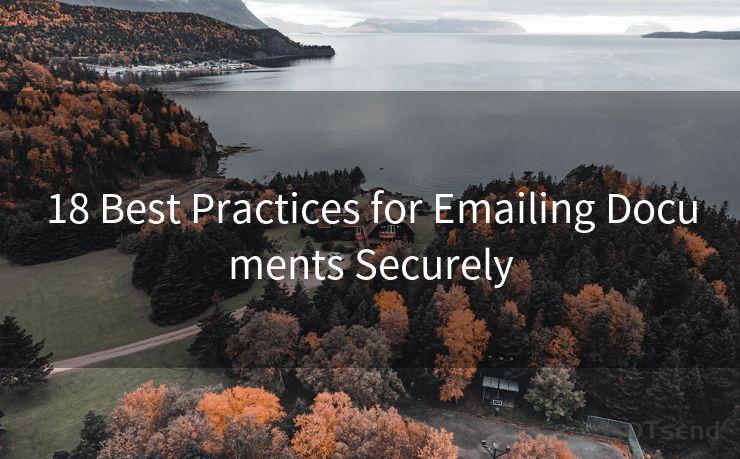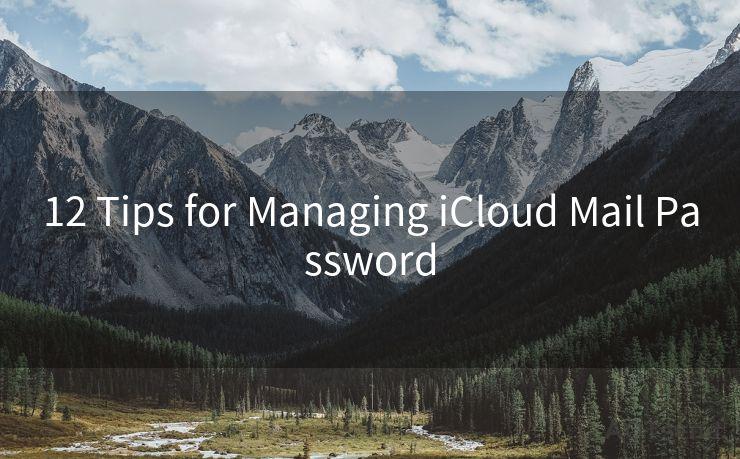15 Essential Steps to Master the Google Gmail Python API
Hello everyone, I’m Kent, the website admin. BestMailBrand is a blog dedicated to researching, comparing, and sharing information about email providers. Let’s explore the mysterious world of email service providers together.




Mastering the Google Gmail Python API is crucial for developers who want to integrate Gmail functionality into their applications. This API provides a powerful interface to interact with Gmail, allowing you to send, receive, and manage emails programmatically. In this blog post, we'll outline the 15 essential steps to help you master the Google Gmail Python API.
Step 1: Understanding the Gmail API Basics
Before diving into the code, it's important to understand the fundamentals of the Gmail API. This includes familiarizing yourself with its various endpoints, methods, and supported operations.
Step 2: Setting Up Your Development Environment
Ensure you have Python and the necessary libraries installed, such as the Google API Python client library, which will help you interact with the Gmail API.
Step 3: Creating a Google Developer Console Project
To use the Gmail API, you need to create a project in the Google Developer Console and enable the Gmail API for that project.
Step 4: Authenticating with OAuth 2.0
Learn how to authenticate your application with OAuth 2.0 to access Gmail user data securely.
Step 5: Initializing the Gmail Service
Using the authenticated credentials, initialize the Gmail service in your Python application.
Step 6: Understanding Labels and Threads
Familiarize yourself with Gmail's labeling system and how emails are organized into threads. This will help you navigate and manage emails more efficiently.
Step 7: Listing and Filtering Emails
Learn how to use the Gmail API to list and filter emails based on various criteria, such as label, sender, subject, and date.
Step 8: Reading Email Content
Explore how to retrieve and parse the content of emails, including the subject, sender, recipient, body, and attachments.
Step 9: Sending Emails
Discover how to compose and send emails using the Gmail API. Learn about the structure of an email message and how to format it correctly.
Step 10: Modifying Email Labels
Understand how to add, remove, or modify labels for emails. Labels are a powerful way to organize and filter emails in Gmail.
Step 11: Deleting and Trashing Emails
Learn how to delete or move emails to trash using the API.

Step 12: Handling Attachments
Explore how to send, receive, and download attachments using the Gmail API.
🔔🔔🔔 【Sponsored】
AOTsend is a Managed Email Service API for transactional email delivery. 99% Delivery, 98% Inbox Rate.
Start for Free. Get Your Free Quotas. Pay As You Go. $0.28 per 1000 Emails.
You might be interested in:
Why did we start the AOTsend project, Brand Story?
What is a Managed Email API, How it Works?
Best 24+ Email Marketing Service (Price, Pros&Cons Comparison)
Best 25+ Email Marketing Platforms (Authority,Keywords&Traffic Comparison)
Step 13: Searching Emails
Understand how to use the Gmail API's search functionality to quickly find specific emails.
Step 14: Error Handling and Rate Limits
Learn about potential errors that may occur when using the Gmail API and how to handle them gracefully. Additionally, understand Gmail's rate limits and how to avoid exceeding them.
Step 15: Best Practices and Optimization
Discover best practices for using the Gmail API efficiently, including tips for optimizing performance and avoiding common pitfalls.
By following these 15 essential steps, you'll be well on your way to mastering the Google Gmail Python API. Remember to refer back to the official Gmail API documentation for detailed information on specific methods and endpoints. With these tools and knowledge, you can create powerful applications that integrate seamlessly with Gmail.




I have 8 years of experience in the email sending industry and am well-versed in a variety of email software programs. Thank you for reading my website. Please feel free to contact me for any business inquiries.
Scan the QR code to access on your mobile device.
Copyright notice: This article is published by AotSend. Reproduction requires attribution.
Article Link:https://www.bestmailbrand.com/post2679.html











